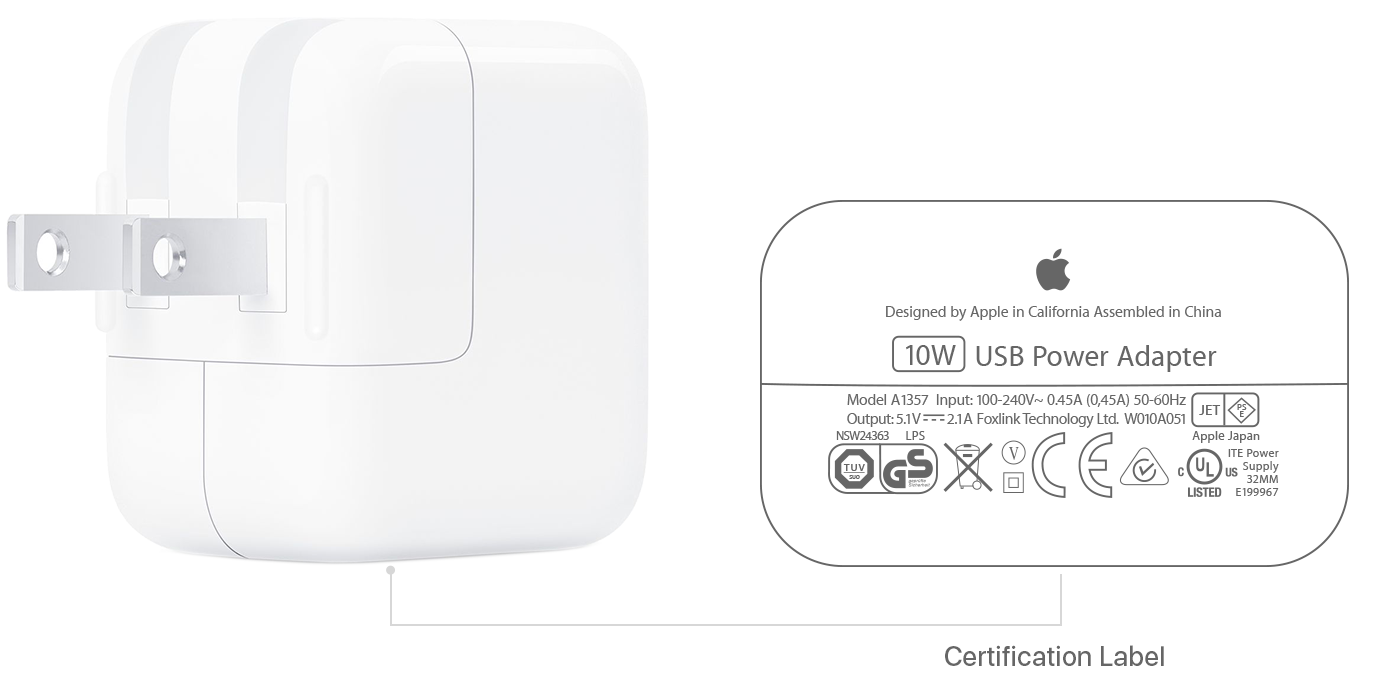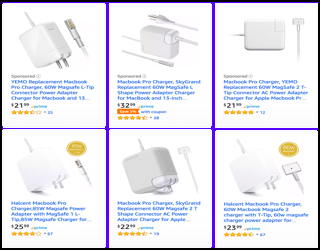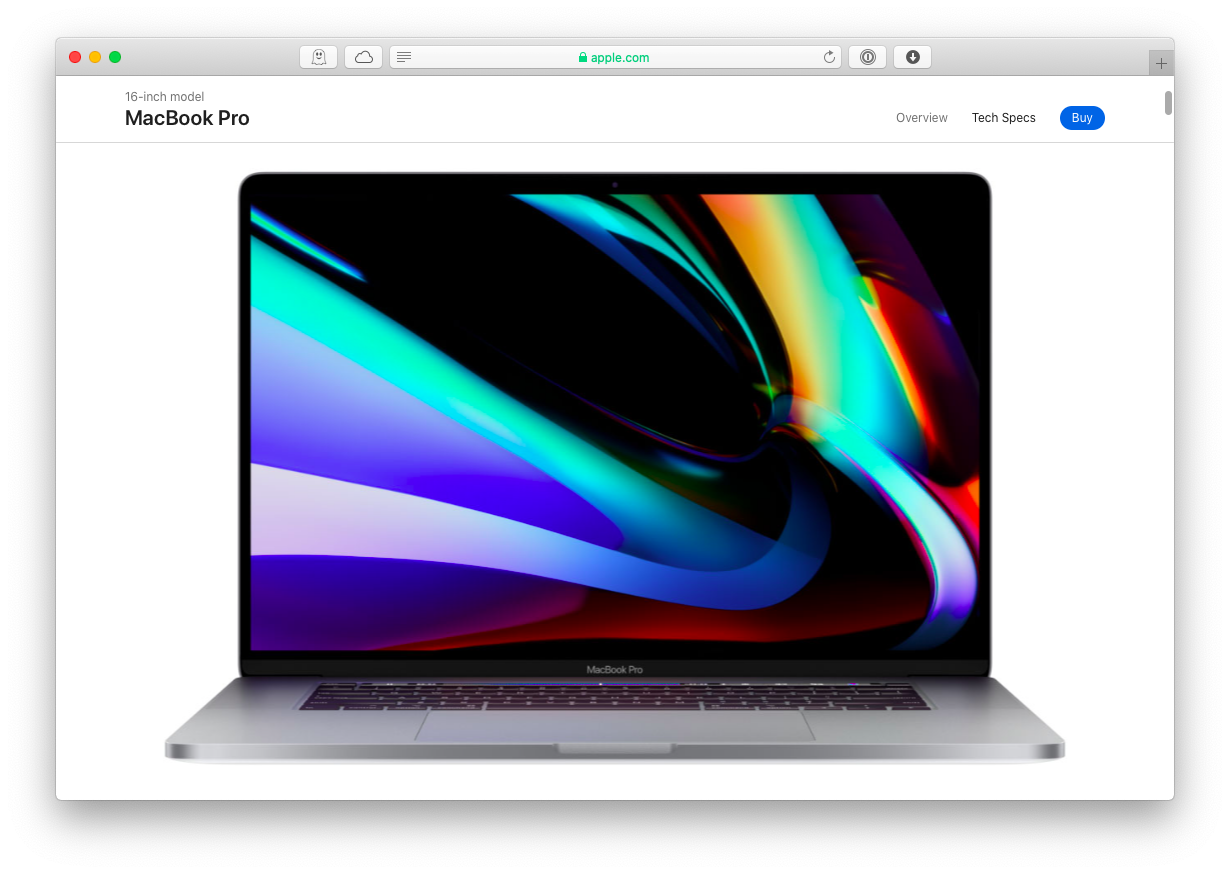
/ScreenShot2019-02-14at2.14.36PM-5c65c0624cedfd00014313e1.png)
- #2019 macbook pro charger wattage full#
- #2019 macbook pro charger wattage portable#
- #2019 macbook pro charger wattage android#
And when we threw an iPhone X on the second port, it had no trouble charging the phone battery and laptop battery simultaneously. Oh, and did we mention it currently costs $30 at Amazon? In separate sessions, we saw this thing charge an HP Spectre x360 and work as a MacBook charger for a new MacBook Air from dead to about 65% in an hour and topped them off fully in a bit over 90 minutes. (PS4 controllers, which tend to be very picky about their power source, didn't seem to work.) This USB Type-C charger is great for traveling, thanks to a relatively small size - it tips the scales at just 105 grams - and fold-up prongs.
#2019 macbook pro charger wattage android#
It's got both a USB C port for power delivery port and a good old-fashioned USB-A port, so it can charge any device from android smartphones like the Samsung Galaxy to a wireless headphone - or be used as a full-on laptop charger - and for most everything in between, including the Nintendo Switch, Kindle and iPad.
#2019 macbook pro charger wattage portable#
In my opinion, this little portable charger is the best of all worlds.

Read more: Best portable chargers and power banks for iPhone

If you're looking for the best USB C charger, read on to see which of the tried and true devices below will charge best for you.Īll of the products below have been independently chosen and tested by CNET editors. We also want to note, we didn't include car charger options here, but if you're in the market for a USB car charger, check this one out. And they all have folding AC prongs for easy travel. Most of our top picks below include dual charging outputs instead of one, allowing for simultaneous charging of multiple devices. (That also blows away the puny 5-watt output charger that still defaults pack-in for the iPhone 11 and earlier models, though the iPhone 11 Pro models ship with an 18-watt USB-C model.) As a result, these adapters generally deliver 60 watts of power output or better, putting them in the same ballpark as the 65-watt chargers that many laptops ship with. A few commonalities to the models we focused on: Most of these use a new material called Gallium Nitride (or GaN) that enables high-power adapters to be made in much smaller sizes. This list goes way beyond a simple phone charger. Thankfully, I've spent the past few weeks testing some of them and I've found some go-to choices for fast charging on the go.

The key, of course, is getting one of the latest and greatest USB-C power delivery chargers. The fact of the matter is that if you're packing the right kind of charging cable (or dongles), and your laptop or device was released in the past couple of years, you'll be in very good shape. OK, that's a bit of an exaggeration - but not much. That's because you can charge nearly everything - including newer laptops - through a one-size-fits-all USC-C device charging technology: USB-C power delivery, or USB-C PD. But even if you're carrying four or more devices around, you don't need a separate wall charger or outlet or cable for each one. One can get chargers that can put out over 150 watts over USB-PD, but your MacBoook will never negotiate nor accept more than 87W.These days, nearly every device in your bag has a rechargeable battery - your phone, tablet, wireless headphones and laptop probably being your main priorities. So it should be no surprise that you can have it on charge and still see battery-life slipping away.Īnd there's nothing you can do about that behaviour, other than to reduce the machine's workloads.
#2019 macbook pro charger wattage full#
The battery is organised by the little embedded switching processor into two circuits of cells, and each circuit runs the MacBook whilst the other gets a rapid top-up, and at full load - all cores screaming, data flowing, screen burning and WiFi singing, your MacBook Pro can demand - and receive - as much as 130 watts sustained from the battery pack. They run from the battery-pack 100% of the time, even when connected to charge. MacBooks have been able to demand more power from their battery-pack than is available through the charge supply for a long time, but that's because the Mac-top doesn't actually use charger supply to power the computer unless the battery is missing or faulted out of circuit.


 0 kommentar(er)
0 kommentar(er)
